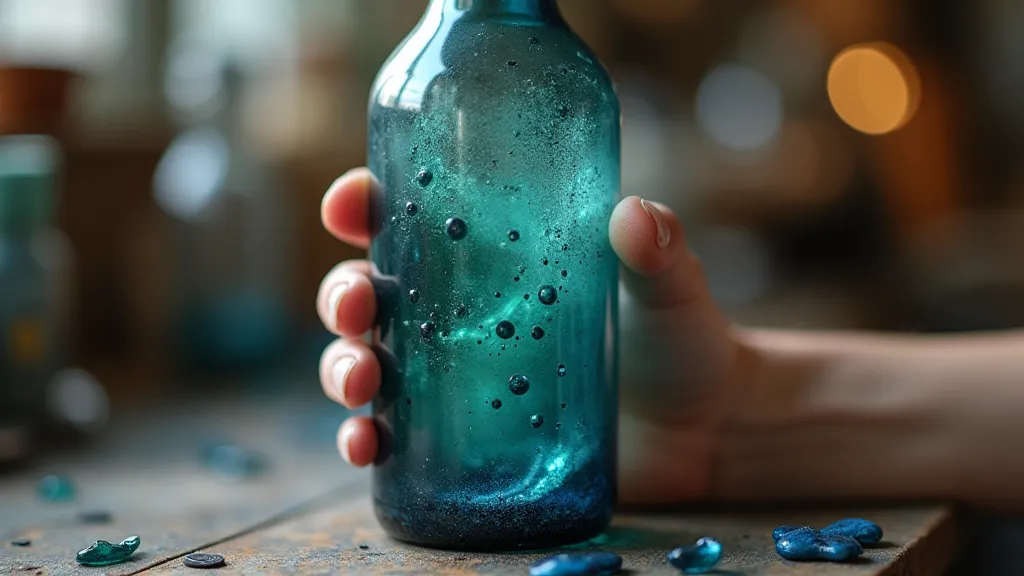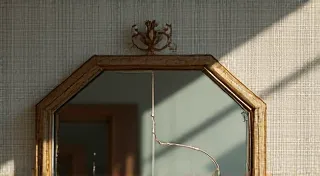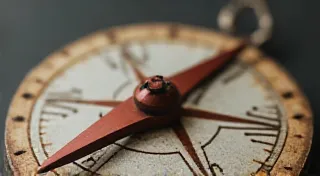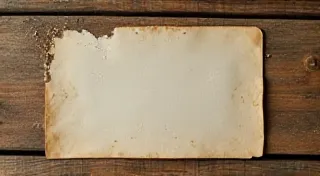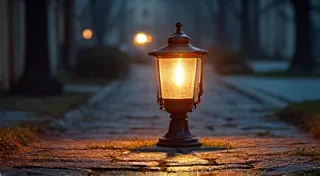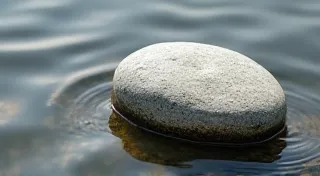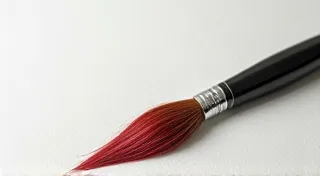Chromatic Subtleties: Integrating Color and Light in Etched Bottles
There’s a quiet dignity to antique bottles. Not the flashy, manufactured kind, but the forgotten vessels that once held potions, elixirs, and the simple pleasures of daily life. They whisper stories of ingenuity and craftsmanship, of a time when beauty was meticulously built into the mundane. When I discovered reverse glass etching, it wasn't just a craft; it was a way to amplify these whispers, to bring a new dimension to their aged beauty. But the real magic, the point where preservation meets artistry, lies in introducing color. It's about playing with light and shadow, adding a chromatic subtlety that elevates the etched bottle from a relic to a vibrant piece of art.
My fascination began with an old accordion, found discarded in an attic. Its bellows were torn, its keys yellowed with age, but its soul, the intricate workings of its reeds and dampers, held an undeniable allure. Restoring it felt like uncovering a lost narrative, painstakingly bringing a silent musician back to life. The feeling resonated profoundly with my emerging passion for antique bottles – the desire to appreciate their historical significance and give them a renewed sense of purpose.
The Historical Context of Etching and Color
Reverse glass etching, as we understand it today, has roots in the early 20th century, largely driven by the burgeoning arts and crafts movement. Prior to that, etching techniques were primarily associated with intricate designs on flat glass surfaces, often using acid resist methods. The development of reverse etching – where the design is applied to the *back* of the glass, creating a frosted appearance on the front – opened up exciting possibilities for decorating three-dimensional objects, particularly bottles.
Initially, the focus was on clean lines and monochrome designs. The beauty was in the contrast of the frosted surface against the clear glass. However, the desire to personalize and embellish quickly emerged. Early attempts to incorporate color were often crude – simple painted designs applied *after* the etching process. These quickly faded and chipped, proving unsatisfactory. The true challenge lay in integrating color *during* the etching process itself, or finding a method to permanently affix color without compromising the bottle's integrity.
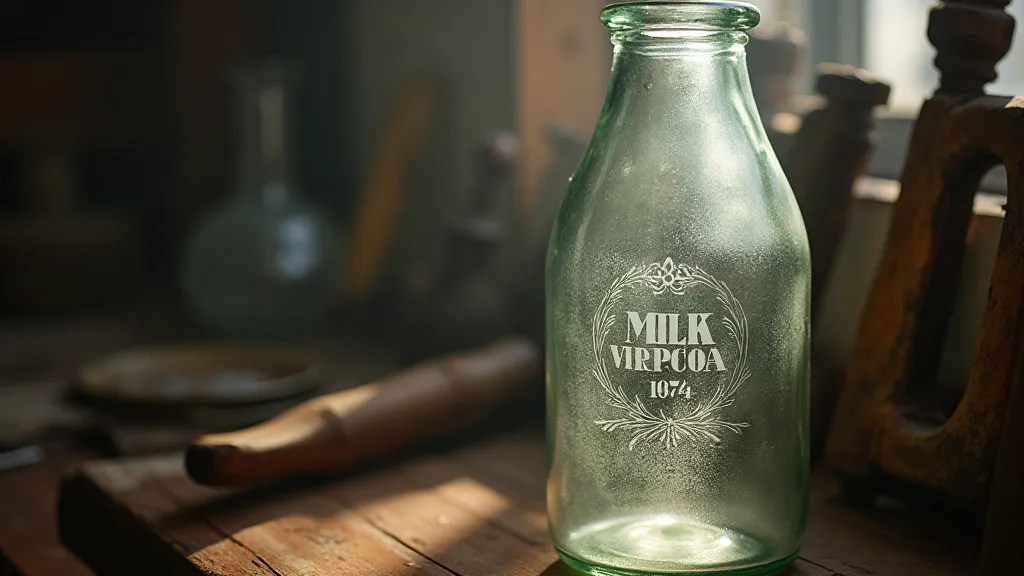
Exploring Color Integration Techniques
There isn’t one single “right” way to incorporate color. Experimentation is key. Early practitioners, and even some contemporary artists, utilized a clever trick: embedding colored glass powders, powdered pigments, or even thin slices of colored glass within the etching cream itself. As the cream chemically reacts, the suspended color is drawn to the etched areas, creating a subtly shaded effect. The result is remarkably organic and nuanced. The challenge is achieving a consistent and predictable outcome, as the chemical reaction can be influenced by numerous factors—the type of etching cream, the concentration of pigment, the temperature, and even the humidity.
Another approach involves layering. After the initial reverse etching is complete, a thin layer of translucent colored glass paint can be applied. While this isn’t as deeply integrated, it allows for far greater control over color saturation and design complexity. Specialized glass paints designed for kiln-firing offer the best permanence, as the heat fuses the paint directly to the glass surface. However, this requires access to a kiln and a greater understanding of the firing process.
More recently, techniques involving resin embedding have gained traction. This allows for the inclusion of a wide range of materials – dried flowers, small pieces of colored glass, even tiny antique beads – creating truly unique and layered designs. The resin protects the embedded elements and provides a glossy finish, contrasting beautifully with the frosted etched areas.
The Significance of Light and Transparency
The true magic of colored etched bottles isn’t just about the color itself; it’s about how that color interacts with light. The frosted etched areas scatter light in a soft, diffused glow, while the colored pigments or embedded materials amplify that effect, creating a mesmerizing visual dance. A bottle containing amber-colored glass powder might appear to hold a fiery sunset, while one with blue pigments could evoke the depths of the ocean. The transparency of the glass itself is paramount; the color needs to be visible and radiant, not muddy or obscured.
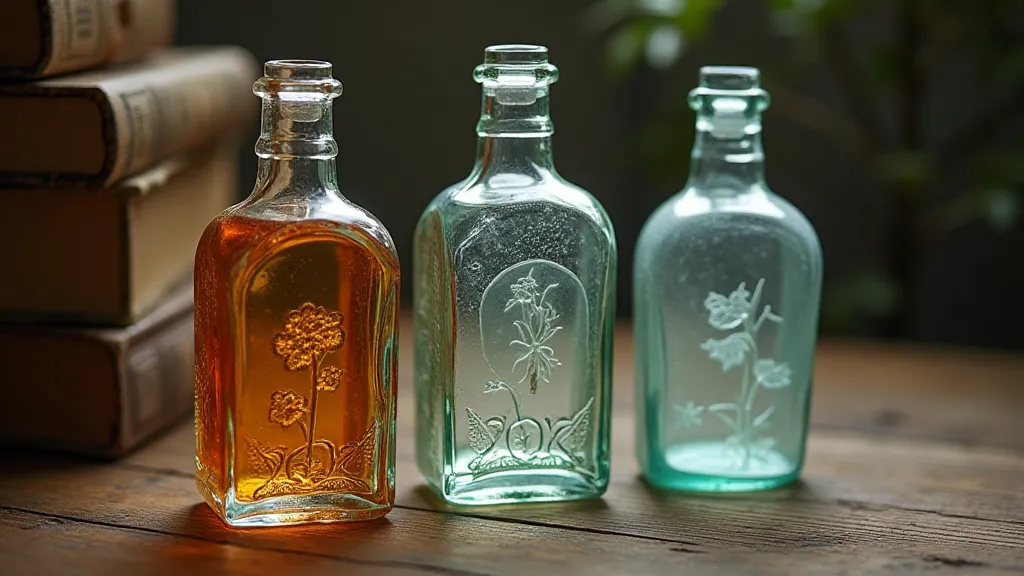
Beyond Aesthetics: Restoration and Collecting
Integrating color into reverse glass etching is more than just a decorative flourish; it can also be a tool for restoration. A severely damaged bottle, with cracks or imperfections that would otherwise render it unsalvageable, can be transformed by strategically placed color. The color can subtly camouflage the damage, drawing the eye to the overall design rather than the flaws. This isn't about hiding the bottle’s history; it’s about preserving what remains and celebrating its resilience.
For collectors, colored etched bottles represent a fascinating subcategory of antique glassware. Early examples are particularly prized, as they demonstrate the ingenuity and experimentation of the early practitioners. Bottles with unusual color combinations or intricate designs are often highly sought after. However, it's crucial to be aware of potential forgeries. Modern techniques have made it easier to replicate the appearance of antique etched bottles, so careful examination and a good understanding of historical marking techniques are essential.
Finding Your Own Chromatic Voice
Ultimately, the art of integrating color into reverse glass etching is about personal expression. It's about taking a humble antique bottle and imbuing it with your own unique vision. It’s a journey of experimentation, a dance between tradition and innovation. Just as the craftsman who lovingly built that old accordion sought to create something beautiful and functional, so too can we, through the delicate art of reverse glass etching, breathe new life into these forgotten relics, celebrating their history and enriching our own creative landscape.
